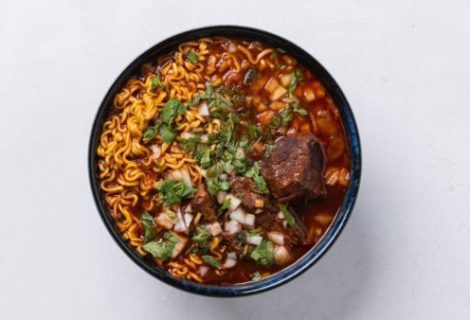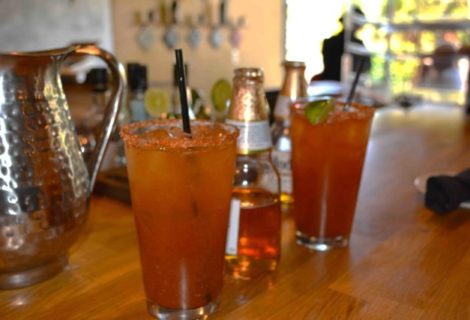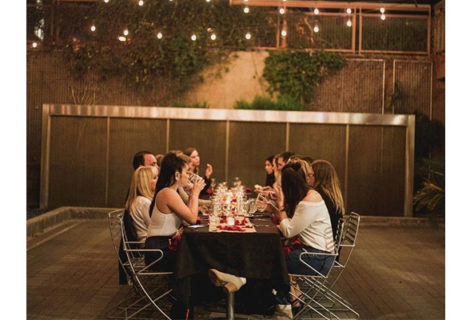Big mole in Little Oaxaca
Somebody recently asked me if I knew a place with a killer mole in La Phoenikera—the kind that pleasures your tongue as if it were a one-night stand. I couldn’t make a suggestion, but luckily, enlightenment is one Google search away. I laser-focused on the “La 15 y Salsas” result by North Mountain Park. I had to try it.
Over my years in La Phoenikera, I’ve tried good moles and had to chase a few with a brewster ’cause they were E-O. Many places are inconsistent, and others are a poor excuse compared to what I stuffed my face with at La 15. All I have to say is I’m a newborn molero; my mole cherry was appropriately popped.
If you’re a purist like Elizabeth Hernández, owner of my new go-to place for mole, it’s almost sacrilegious to ask for a chicken tlayuda, as they’re only made with tasajo, cecina, or chorizo. Pinto beans are a no-no in Oaxacan cuisine; black beans are predominant, and their memelitas are not to be fried.
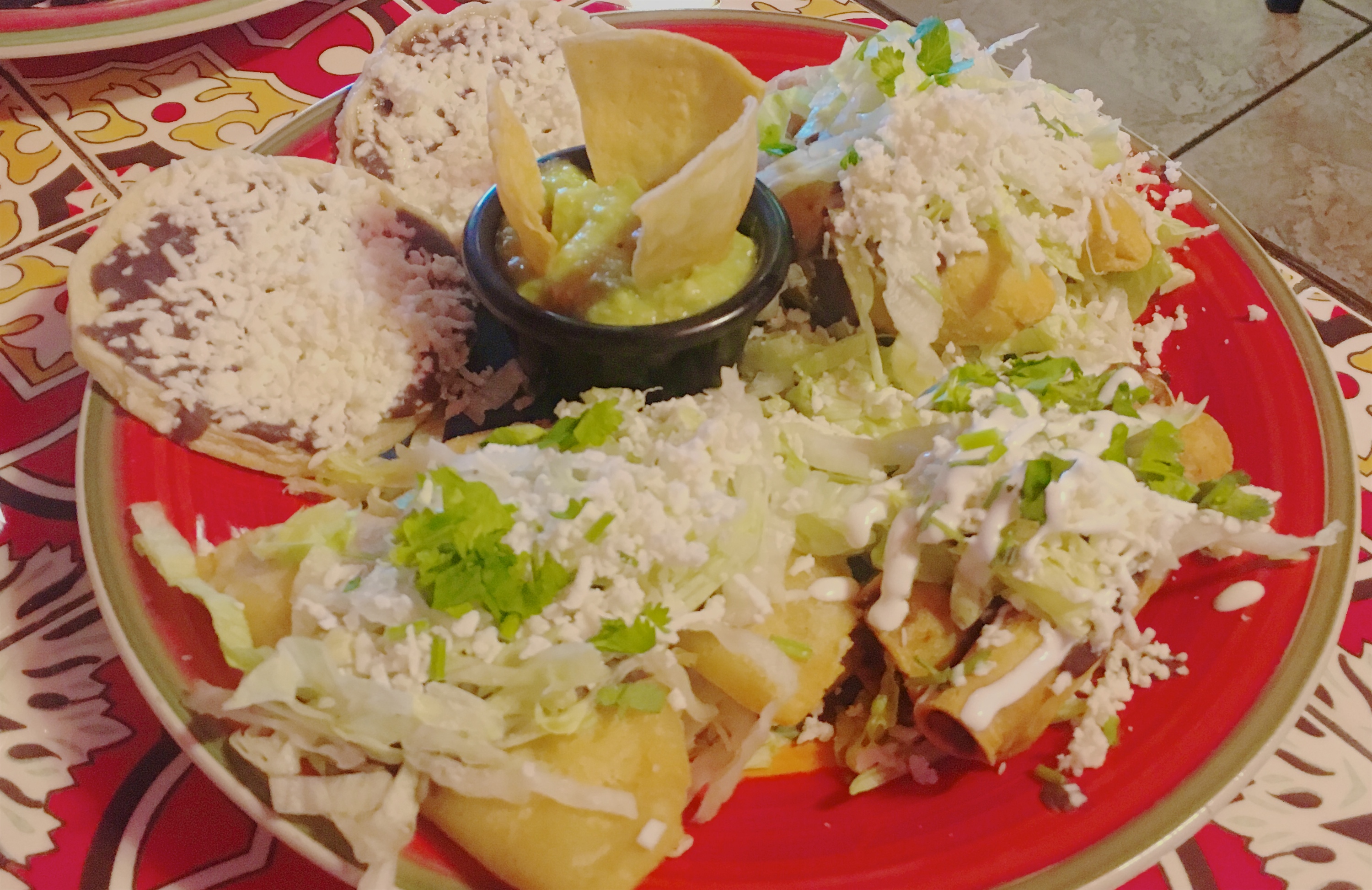
Her apparent sassiness about her food might confuse some patrons because, in the restaurant industry, we’re programmed to believe that, as customers, we can alter recipes or demand changes; after all, “the client is always right.” She does it to educate, not offend, inform, and represent the true Oaxacan culinary tradition.
Let’s back it up a bit…WTH is a Tlayuda?
My cultural filter at first said a Mexican pizza, right? It’s the worst comparison, but it is the first thing that came to mind. After the first bite, I wanted to smack myself for comparing the two. Lemme illustrate: an oversized corn tortilla cooked on a comal is topped with refried black beans, shredded Oaxaca cheese, a bed of lettuce, tomatoes, avocado, tasajo, cecina, or chorizo. It’s basically all of our food groups in one huge meal. Adding a sampler plate with memelitas, empanadas, flautitas, and a pitcher of agua de chilacayote to this feast is one step closer to Satori.
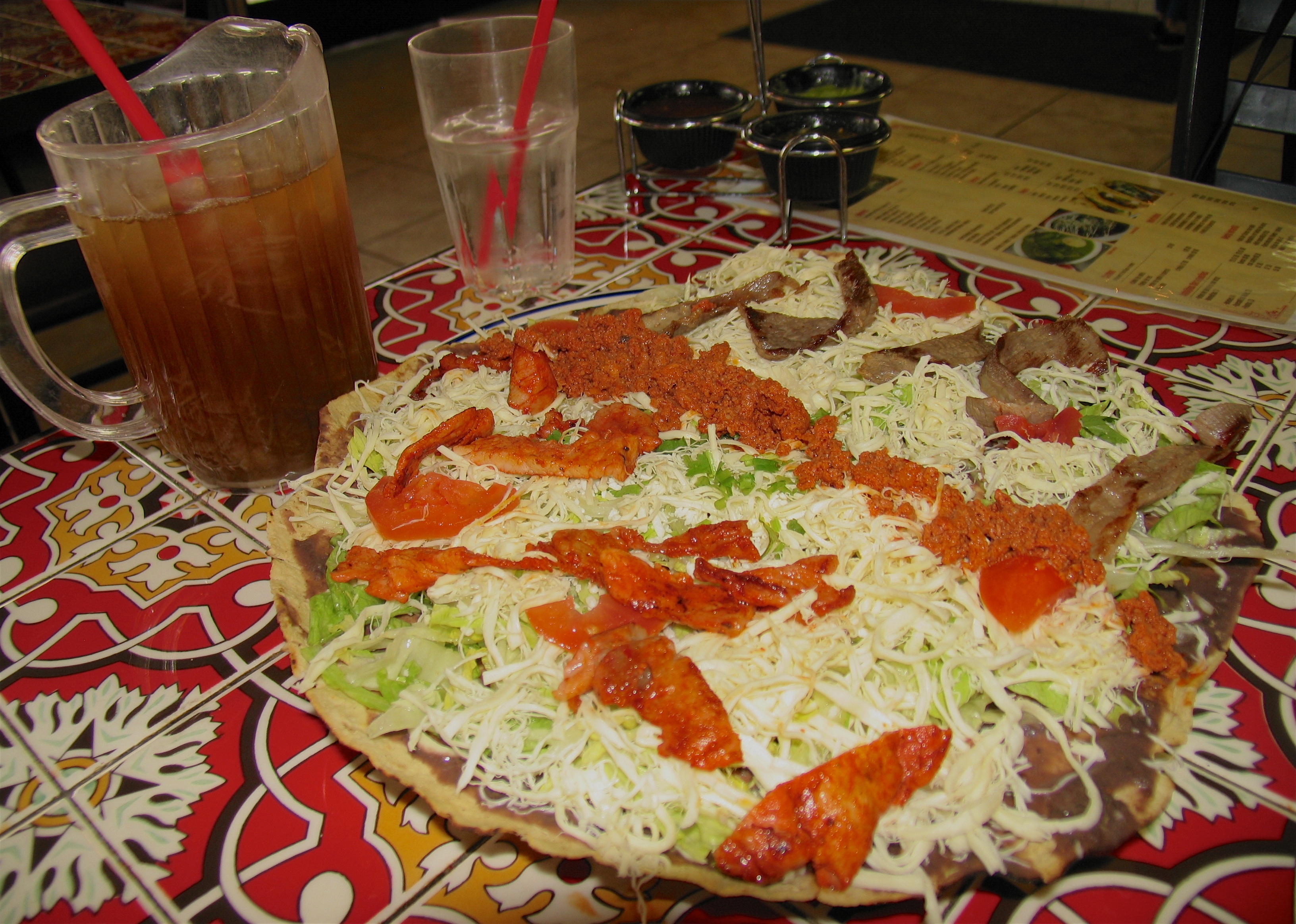
But wait, didn’t this start with mole? Let’s get back to it.
I learned by playing
Elizabeth tells me that her recipes come from her family and that she remembers making tortillas with her mom and grandma or when they made the memelitas with refried black beans and cheese. To learn how to cook, her grandma bought her a mini comal and metate at the market. “I learn”d by playing, watching my grandma, helping my mom, going to markets, and talking to the vendors about the different types of chiles and uses for the different ingredients,” Elizabeth says.
The never-ending mother/daughter-in-law war helped her broaden her culinary repertoire. That rivalry made her seek family members for recipes and ask about processes and secret ingredients. “There are no secret ingredients; the secret is how much love you put into making the food.” The recipes are so good that her now ex-husband asks for them so his mom can cook’em. Making mole is laborious (no, we won’t be givin’ out her recipe). Its execution requires several intrinsic steps so that all the flavors are balanced. “You have to clean the chiles, take out the veins and seeds, toast the chiles, toast some of the seeds but not burn them, broil some ingredients, fry, mill, and mix.” Simple enough!
Apparently, there are many kinds of mole. I thought it would be chill, get some molito action, and that was it, but I ended up with a bacchanal of tlayudas, memelitas, flautas, enmoladas, and four types of mole.
Heeeerrrrrre comes mole!
Red, yellow, and green to go with my Bolivian instinct and, of course, mole negro, since Elizabeth got me all worked up about it. There are plenty of mole variants in Mexico; choose a state. Only in Oaxaca, there are eight. (nethere’srde, rojo, amarillo, coloradito, estofado, pipian y chichilo).
The difference between the flavors is abysmal, though unified by something. Or maybe I was high on mol-e. The green mole with pork is a subtle verdant paradise; the red one with chickin’ has awesome thick sauce but with less toasty accents than mole negro; yella was hella good! It had beef and reminded me of barbacoa, but with tons of layers and subtleties (and veggies!!!). Black mole was king tho, it made my neurons high-five.
Cool, but could we need some background?
Elizabeth took over La 15 in 2012, and last year, she brought in Carlos Alcántara as partner, a cool dude from Bahías de Huatulco in Oaxaca. The idea came because of the need for Oaxacan products in the area and also as a way to keep connected to their roots.
“When we moved to Phoenix, I missed a lot of things from back home: my chile de agua, my quesillo, and a lot of essential ingredients to our food.”
Elizabeth is from Valles Centrales, specifically from la Heroica Villa de San Antonino Castillo Velasco, Ocotlán, Oaxaca, México. She left a laundry and glassware business and migrated to the U.S. when her husband was offered a job in 2005.
Working for somebody else wasn’t what she wanted, and in 2012, she launched La 15 with just a few things on the menu. The first year was a dread, zero profit, and she had it hard: rescuing traditional cooking without modifying the original recipe comes at a cost, and in the beginning, guests wanted to change the dishes. According to Elizabeth, some Oaxacan restaurants have changed their recipes to please everyone. We don’t do that here; that makes us different.”
Her confidence in the recipes has shown results. La 15 is booming, and people no longer ask for mutant versions of her food.
Carlos, her business partner, is quick, witty, and humble. He credits Elizabeth’s cooking with their success. His personality is perfect for his role in the business: He takes care of guests, deals with providers, and helps prep the food, though his main task is munching on it. “Oh, one of each says Carlos while everybody at the table laughs.
La 15 sits in the perfect location for many Oaxacans living in the area. It’s basically Little Oaxaca in La Phoenikera, a place where, at least for a little while, people can close their eyes and taste their Valle and where outsiders can learn to appreciate it.
Wait, did I say the mole was bomb digs?

